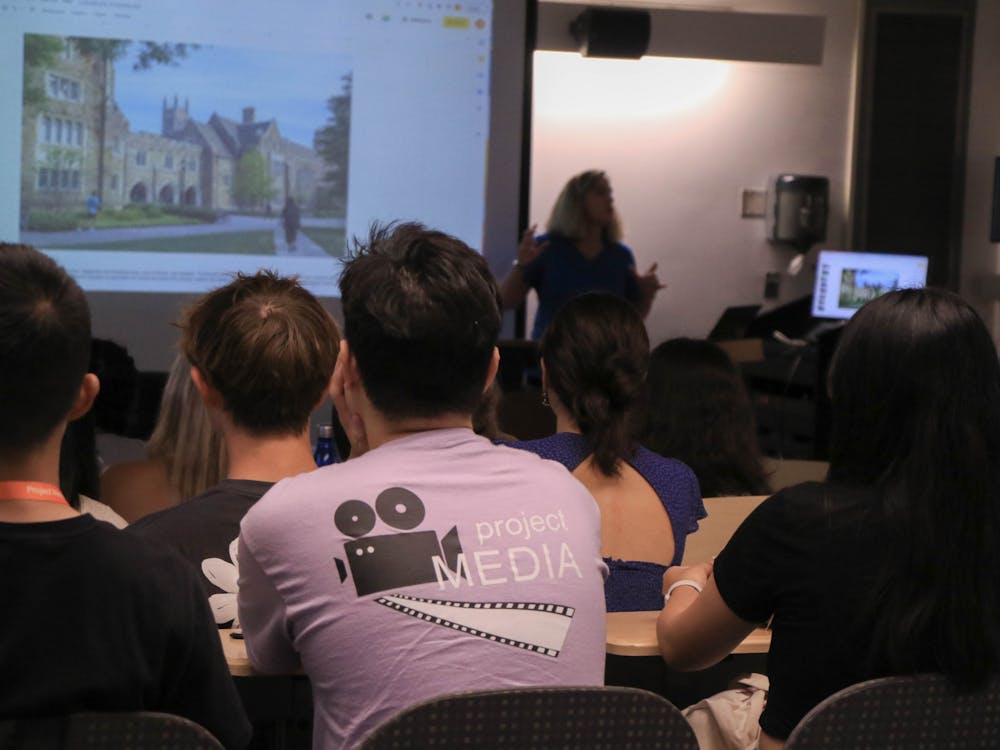This year marked the first of the new orientation experience for all first-year students. A part of the QuadEx living/learning initiative that the Class of 2026 and beyond will take part in, Experiential Orientation provided a redesigned O-week for students.
It’s the most significant change to new student programming since 1995, when East Campus became the first-year community, according to Ben Adams, interim associate dean of students and director of new student and family programs.
It’s also one that comes with a steep price tag: the new Experiential Orientation program cost Duke $1 million more than the expenses required for the traditional O-week experience, according to Adams.
The model for Experiential Orientation was built on the six past pre-orientation programs that were hosted for decades. Students could apply to these optional programs, which occurred before orientation, and there was a fee to attend.
Pre-orientation programs cost $535 per student in 2019, per Adams, and consisted of about 300 students that paid for the experience in each entering class.
“Pre-Orientation programs were not available to everyone. A number of barriers prevented students from participating, including capacity limitations, the price tag of the experience, and the early arrival requirements,” Adams wrote in an email to The Chronicle.
“Our goal in building Experiential Orientation was for every student to have that same opportunity to connect with classmates in meaningful ways around a shared interest before classes begin so that every student might start their Duke career confidently saying and believing: ‘I belong here.’”
Duke alumni and donors helped fund the new orientation program, according to Adams.
“We believe the investment was well worth it. We're already hearing about the fruit of Experiential Orientation in both the survey results and in the stories from students, campus partners and faculty,” Adams wrote.
The Chronicle requested a breakdown of costs for each orientation program and the various expenses associated with each program, including travel and food, which Adams did not provide.
Get The Chronicle straight to your inbox
Signup for our weekly newsletter. Cancel at any time.

Adway S. Wadekar is a Trinity junior and former news editor of The Chronicle's 119th volume.

